新加坡如何做到低价优质的医疗服务?(三)
今天我们继续来了解新加坡医疗制度和美国的一个对比情况。
在本次文章里《The Cure That Works 》的作者弗林举例来说明美国费用高昂的来源。

比如他拜访过的一名医生,私人诊所的医生,就需要五个人为其服务,人员多,管理成本就会增长。以及,弗林对比了新加坡医药市场和美国医药市场,有意思的是新加坡现在使用的相对有效的政策确实美国几十年前曾用过的,然而经过FDA的改变,使药价飞涨,人们等的救命药卡在了FDA的官僚体系里。
本文内容源自《财富》杂志,后面会附上英文。
新加坡政府会为贫困人群或者遭遇一些大灾难的人提供补助,但和美国不同,这些并不是大预算,因为自由市场竞争使价格非常合理。竞争也大大降低了管理成本。
弗林解释了在美国,这些成本是如何飙升的,这些都是由于我们的第三方体系。
他引用了他曾拜访过的一位专业医师的例子。
这位医生是一位个体执业医师,他安排一个人来处理日程安排和其他例行的办公室杂务,另外两个人负责申请那些复杂的保险索赔,并就任何有争议的赔偿问题与保险官员进行谈判。他发现:那两个人也意味着另一方至少还有两个人。一个医生会需要有五个人为其服务。
难怪管理成本总是激增。更糟糕的是,保险公司的利润取决于索赔量。不像真正的消费市场那样,这并不是控制支出的一个好动机。在药物审批方面,新加坡也给我们上了令人深省的一课。任何药物或设备通常都是可以的,只要它通过了主要外国药品监管机构的批准,如FDA、欧洲医药管理局、澳大利亚药物管理局、加拿大健康局以及日本药品和医疗器械管理局。
但有一个问题,和FDA不同,新加坡只要求证明药物的安全性,而不管其真实的有效性。新加坡证明,达不到宣传疗效的药物,很快会在市场上失败。美国的情况也是如此,直到几十年前FDA的协议被彻底改变。
令人惊讶的是,经验证明,那些非FDA机构采取的不伤害方法和我们自20世纪60年代以来所采取的方法效果一样,而且成本更低。FDA极其严格、成本高昂、复杂且耗时的方法让药价飞涨,且总体上没有带来任何积极的益处。
实际上,他们夺走了无数病人的性命,这些病人绝望等待着的救命药卡在了FDA官僚体系里。
The Singaporean government does supply subsidies for the indigent or if someone suffers some catastrophe,but unlike in the U.S., these are not budget-busters because free-market competition keeps prices eminently reasonable.
Competition also slashes administrative costs. Flynn explains how these costs rocket upward in the U.S., thanks to our third-party system.
MTExLjY1LjU4LjEwNw==
He cites the example of a specialist he once visited.
The doctor was a solo practitioner who had one person to do the scheduling and other routine office chores,and two other people to file those complicated insurance claims and fight with insurance bureaucrats over any contested reimbursements.His insight: Those two people also mean at least two more people on the other side. Five people for a single physician.
No wonder administrative costs always balloon. Worse, insurance company profits depend on the volume of claims.
That's not a great incentive to control expenses, the way a real consumer market would.
Singapore also teaches a sobering lesson regarding drug approvals. Any medication or device is generally okay,as long as it has been approved by any of the major foreign drug-regulatory agencies, such as the FDA,the European Medicines Agency, Australia's Therapeutic Goods Administration, Health Canada and Japan's Pharmaceuticals & Medical Devices Agency.
But here's the kicker: Unlike the FDA, Singapore asks only that a drug be proven to be safe, not whether it is actually efficacious.
Singapore demonstrates that a medicine that doesn't work as advertised will quickly fail in the marketplace.That was also true in the U.S. until FDA protocols were drastically changed decades ago.
Amazingly, and counterintuitively, experience demonstrates that the do-no-harm approach adopted by those non-FDA agencies is as effective and far less costly than what we've been doing since the 1960s. The FDA's immensely rigid, costly, elaborate and time-consuming methods have sent drug prices through the stratosphere, with no overall positive benefit.
In fact, they've cost the lives of countless thousands of patients desperately waiting for life-saving medicines stuck in the FDA's bureaucratic maw.


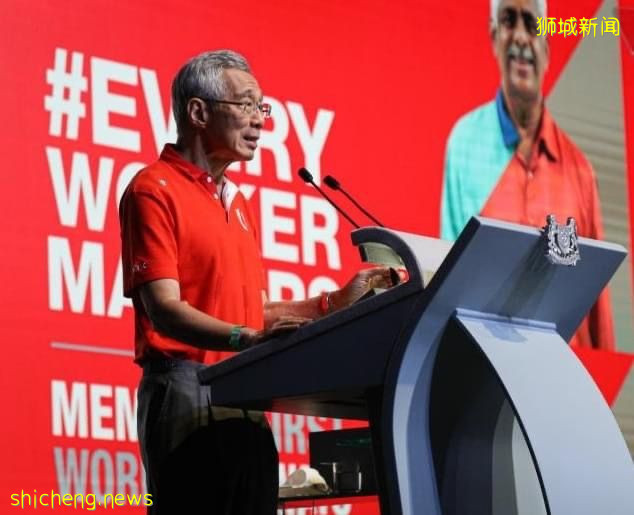

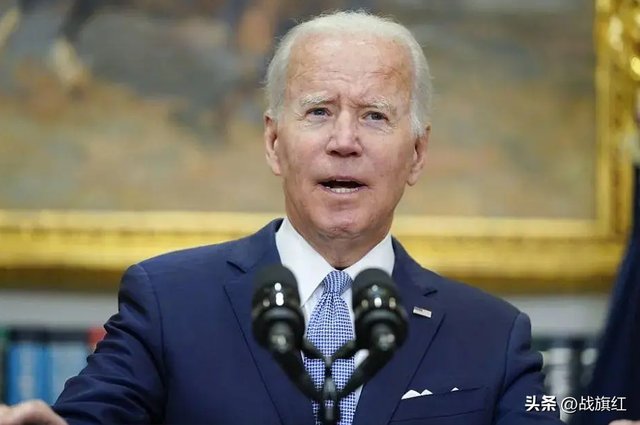
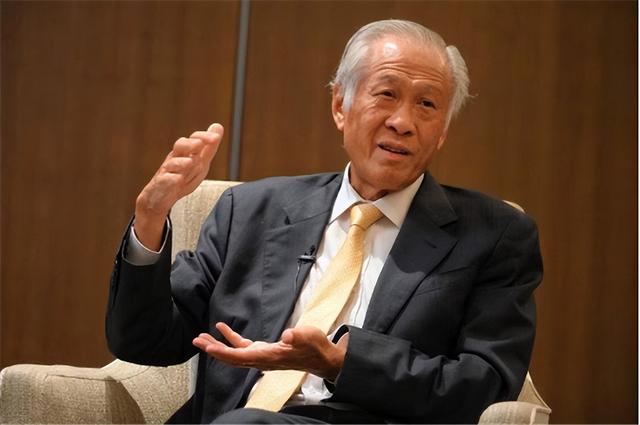
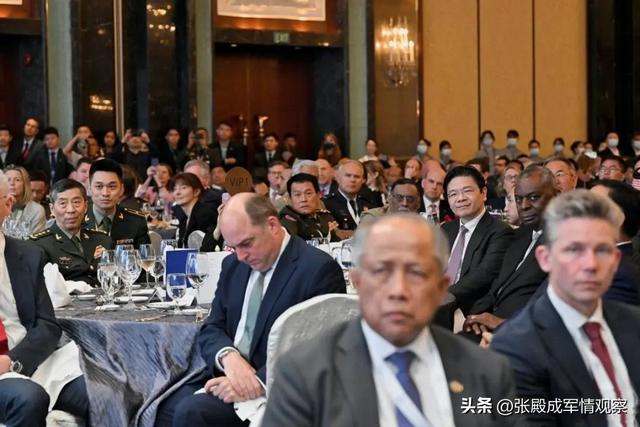
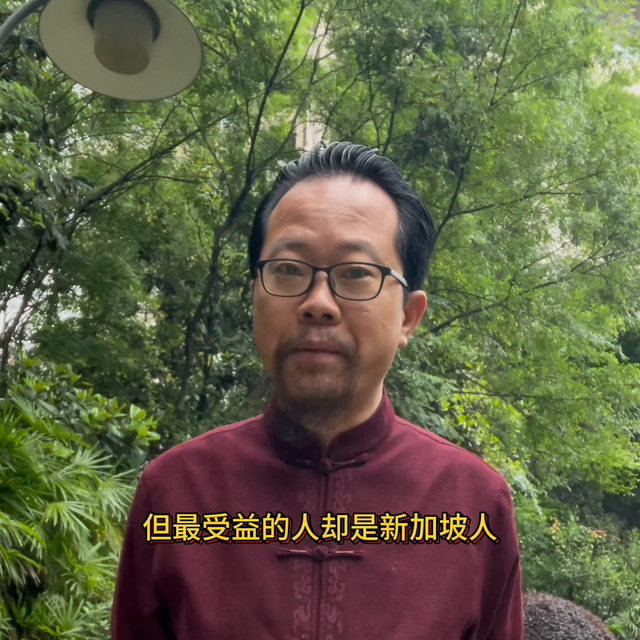

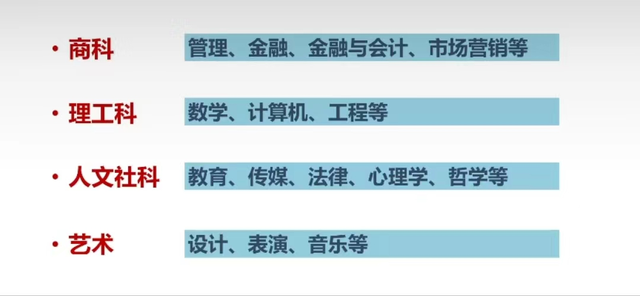

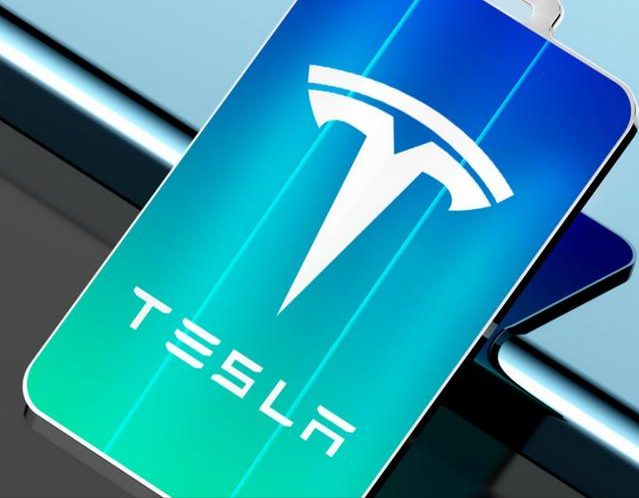
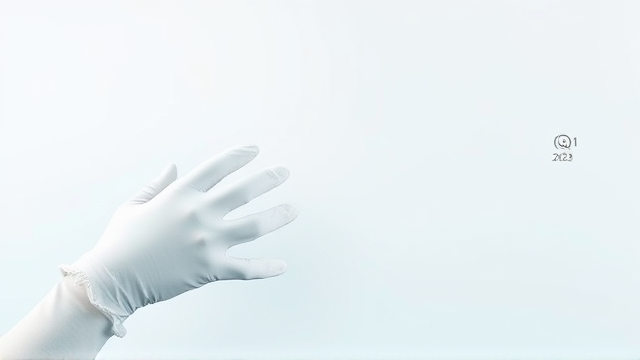
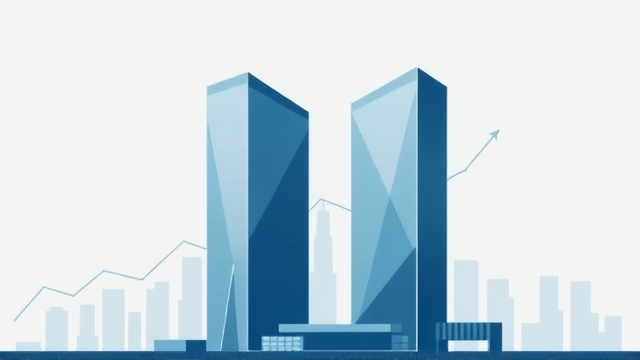
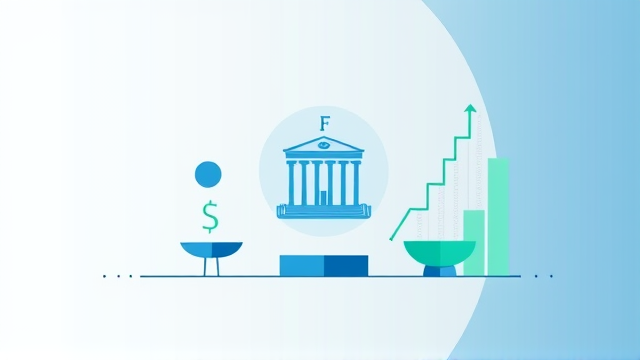
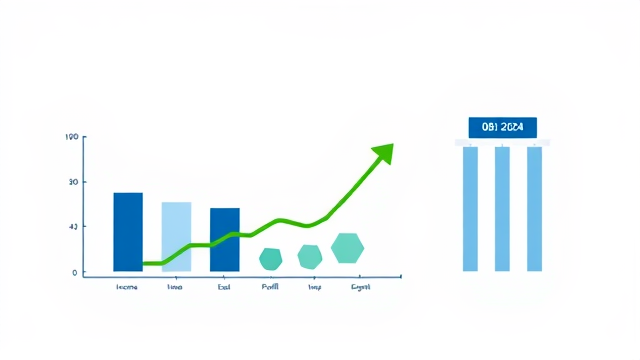
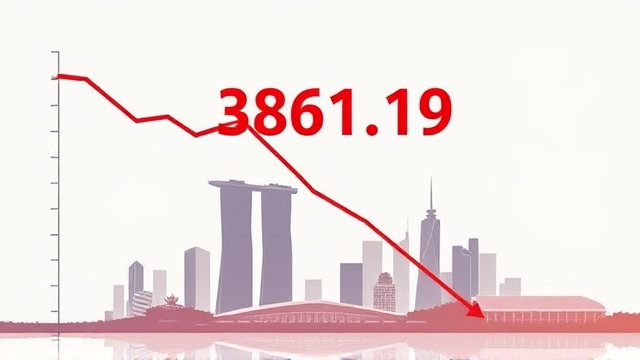

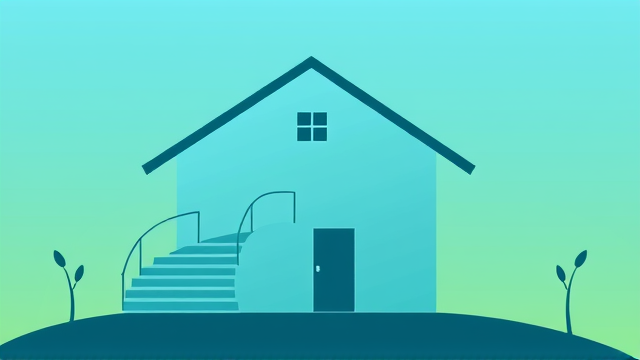
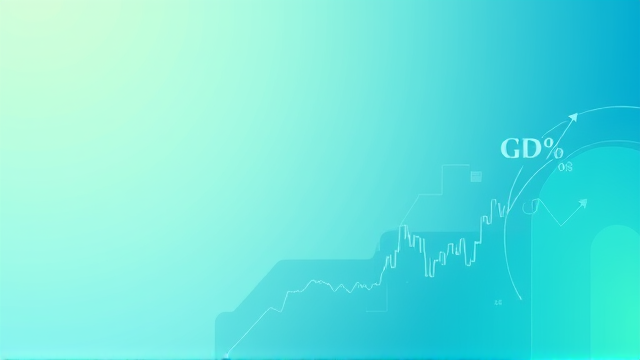
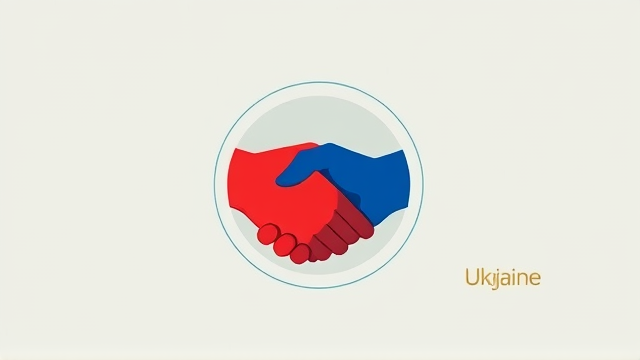
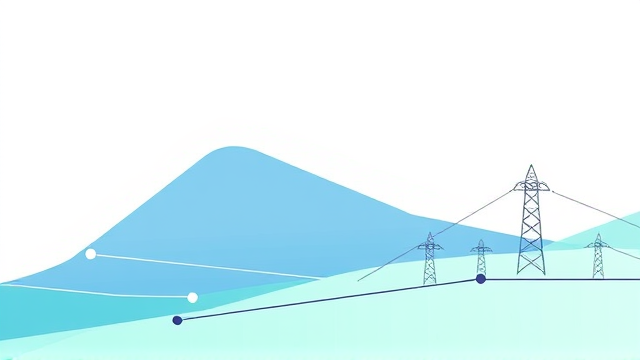
评论